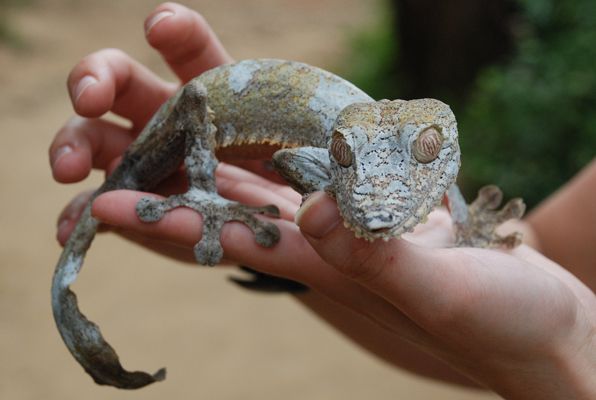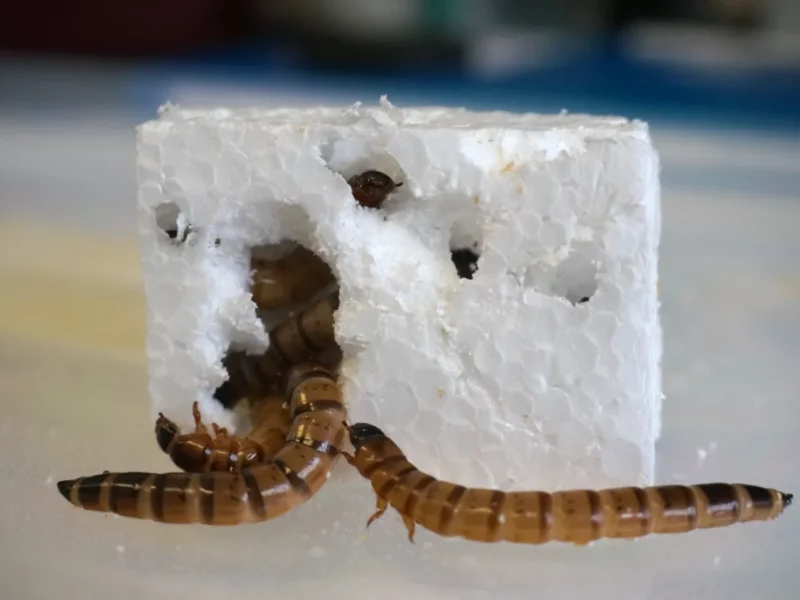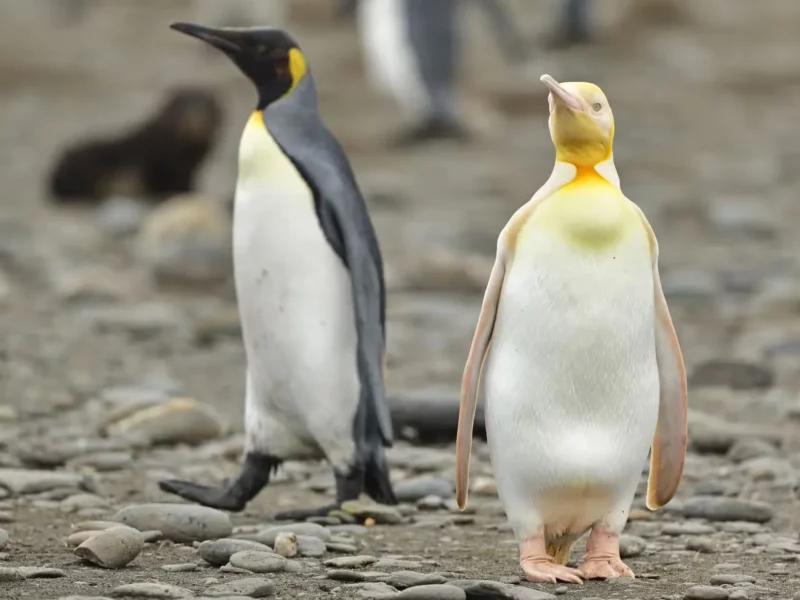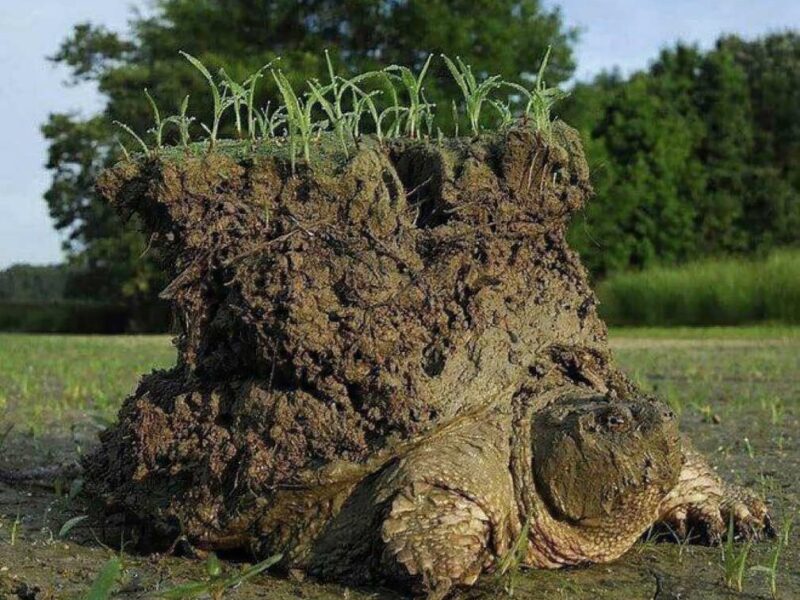
This macro photograph captures intricate details of a flea, showcasing its eye, a section of the antenna located beside the eye, and the genal comb—a distinct feature resembling blades on its face.
Did you know that, fleas possess remarkable abilities, capable of jumping up to 150 times their own height? To put this in perspective, if a flea were human-sized, it could effortlessly clear the Eiffel Tower in Paris.
These tiny creatures, infamous for their role in transmitting the Black Death during the Middle Ages, lay their eggs not in your carpet, but on other animals.
Fleas sustain themselves exclusively on blood and excrete waste in the form of dried blood residue at the end of their digestion process. This waste, known as flea feces, is typically found in the bedding of the host animal, where flea larvae feed on it.
Fleas have slim, smooth bodies, allowing them to navigate effortlessly between strands of fur or feathers on their hosts.
Originating back to the Middle Jurassic period, the earliest fleas have evolved into modern forms during the Cenozoic era.
Fascinatingly, each flea species tends to specialize in one host species, with some being highly selective, breeding exclusively on specific hosts, while others are less choosy.
Text credit: Earth Unreal
Did you enjoy this article? Pin it for later.
And while you’re on Pinterest, come follow us and pin along with us.






